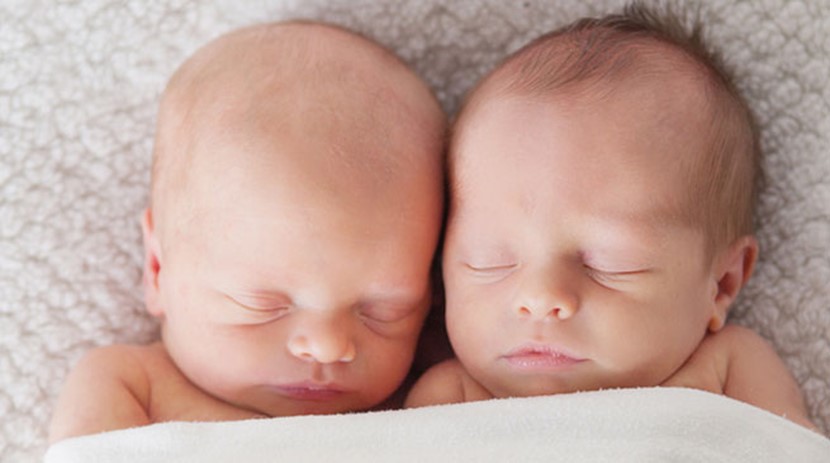Multiple pregnancies guide weeks 29-32

Week 29
Your babies will weigh around 1.2kg each, slightly less if you are expecting triplets. By this stage of your pregnancy they are running out of room to move around, and they will soon assume the postitions they will remain in for the remainder of your pregnancy. Your babies positions will affect your options for how you deliver your babies. The leading twin is considered to be the baby closest to your cervix on ultrasound. They may present in one of several combinations:
- Both babies may be head down (cephalic)
- The leading twin may be head down and the following twin may be breech
- The leading twin may be breech and the following twin may be head down
- Both babies may be breech
- Both babies may be transverse (lying sideways across your belly)
- One baby may be transverse and the other may be either breech or head down.
Week 30
You will now be seeing your LMC fortnightly, or possibly even weekly, and now is a good time to start thinking about how you will deliver your babies. If you have previously had a successful vaginal delivery, or if these are your first babies, and the leading twin is head down, you will probably be encouraged to try a vaginal delivery. If the following twin is breech, your LMC will attempt to turn him/her after the leading twin is delivered. You will probably be encouraged to have an epidural to allow your LMC to control the strength of the contractions using an oxytocin drip, but this is up to you. Having an epidural inserted will also enable your LMC to use forceps/ventouse if this becomes neccessary, and for a caesarian section to be perfomed more promptly should the babies become distressed.
However if you have had a previous caesarian section, if your leading twin is breech or transverse, or if you are having other complications such as pre-eclampsia, your LMC will probably recommend a caesarian section. You can discuss the risks and benefits of both a vaginal delivery and a caesarian section delivery with your LMC.
Week 31
It is time to start thinking about what sort of support you will need after your babies are born. If you have twins, and you also have another child under the age of 5 years, you will qualify for 240 hours of subsidised home help during the first 12 months. If you are having triplets, you will qualify for 1500 hours of subsidised home help over the first two years. This subsidy is administered through Work and Income New Zealand (WINZ) and is not means tested. For more information, contact WINZ on 0800 559 009 or visit www.winz.govt.nz.
You might like to start making meals to go in the freezer for after the babies are born, either by making double quantities when you make dinner each night or by spending a day or two doing a big cook up for the freezer. Meals which freeze well include casseroles, quiches, mince dishes, soups, stews and pies. You can also freeze baking such as muffins and loaves for snacking on as you will find you get very hungry in the early days! Check out our Recipes section for some ideas, or the Food and Recipes section of our message boards.
Week 32
Your babies are now almost the length they will be when they are born, from now onwards they won't grow much longer, but they will put on plenty of weight. They now weigh around 1.5kg each. Babies delivered after 32 weeks have a 95% chance of survival outside the womb with good long term prognosis, so if your babies are born now, the chances are they won't have any long term disabilities or difficulties as a result of being born prematurely.
Have you packed your hospital bag? If not, now is a good time to do it! Your babies could arrive at any time from now. See here for a list of some useful things to include in your hospital bag, but don't forget that when it comes to things for baby you will need 2 (or 3 or more!) of everything!

